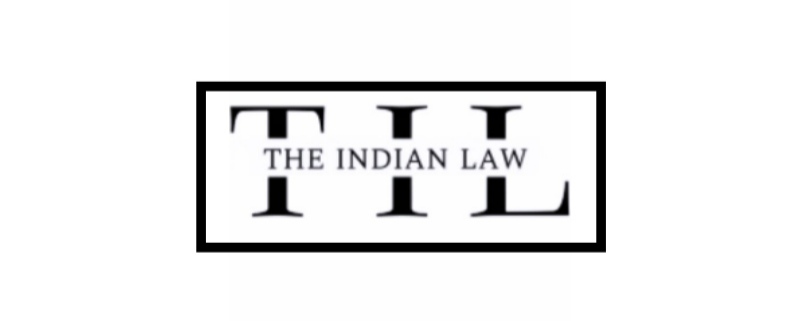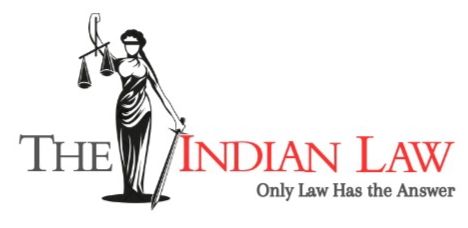1.Supreme Court Directs MoRTH To Create Portal And Toll-Free Number For National Highway Encroachment Complaints:- The Supreme Court has directed the Ministry of Road Transport and Highways (MoRTH) to develop a dedicated portal and toll-free number for lodging complaints about encroachments on national highways. This initiative aims to streamline reporting and address issues related to illegal occupation of highway lands efficiently.
2.We Always Speak About Victims, Why Not Teach The Boys? Bombay High Court While Hearing Badlapur School Sexual Assault Case:- The Bombay High Court, during the Badlapur school sexual assault case, emphasized the need for educating boys about respect and consent, not just focusing on victim support. The court highlighted Section 375 of the IPC and the Protection of Children from Sexual Offences Act, stressing proactive measures in preventing sexual crimes.
3.Delhi High Court rejects plea to speedily implement live-streaming of hearings:- The Delhi High Court has rejected a plea for expedited implementation of live-streaming of court hearings. The court’s decision underscores the need to adhere to procedural norms and the guidelines outlined in the Supreme Court’s 2018 order on court transparency and public access, ensuring proper implementation.
4.Gujarat High Court calls for limited internet access to prisoners but junks Narayansai’s plea for laptop:- The Gujarat High Court has ruled to allow limited internet access for prisoners, but rejected Narayansai’s request for a laptop. The court’s decision aligns with ensuring security while balancing prisoners’ rights, emphasizing controlled access rather than unrestricted technological resources.
5.Tell boys what’s right and wrong instead of telling girls what to do: Bombay High Court in Badlapur case:- In the Badlapur school sexual assault case, the Bombay High Court urged a shift in focus towards educating boys about appropriate behavior and consent, rather than solely instructing girls on safety. The court emphasized the importance of addressing the root causes of sexual violence through comprehensive education.
6.PIL for Braille labels on medicines: Supreme Court seeks response of Centre, States:- The Supreme Court has sought responses from the Centre and states regarding a Public Interest Litigation (PIL) demanding Braille labels on medicines. The petition advocates for accessibility measures to aid visually impaired individuals, urging authorities to ensure that medicinal products are easily identifiable for those with visual disabilities.
7.Supreme Court asks PVR INOX to move CESTAT over ₹17 crore service tax dispute:- The Supreme Court has directed PVR INOX to address a ₹17 crore service tax dispute by moving the Customs, Excise, and Service Tax Appellate Tribunal (CESTAT). The court’s decision emphasizes resolving the matter through the appropriate appellate body rather than through direct Supreme Court intervention.
8.Delhi High Court asks Chief Secretary to decide BJP’s allegations that AAP govt is selectively installing CCTVs:- The Delhi High Court has instructed the Chief Secretary to address BJP’s allegations that the AAP government is selectively installing CCTVs. The court’s order seeks a resolution to the claims of biased surveillance infrastructure deployment, ensuring an impartial review and appropriate action on the matter.
9.Supreme Court to examine whether alimony can be granted when marriage is declared void:- The Supreme Court will review whether alimony can be awarded if a marriage is declared void. This examination will clarify the legal grounds and entitlements for financial support in cases where the marriage is annulled, addressing potential gaps in current family law provisions.
10.Supreme Court stays Centre’s decision to omit key rule against misleading AYUSH ads:- The Supreme Court has stayed the Centre’s decision to remove a crucial rule that regulates misleading advertisements for AYUSH products. This temporary injunction halts the removal, maintaining oversight and consumer protection measures until a thorough review of the rule’s implications is conducted.


